Diablo 4, the highly anticipated action role-playing game from Blizzard Entertainment, shook the gaming world upon its release with its dark and immersive gameplay. However, despite immense hype and fanfare surrounding its first season, it failed to live up to expectations. Behind this disappointment lies a multitude of factors that contributed to the disappointing launch of Diablo 4's first season. In this article, we delve deep into the reasons why this highly anticipated game fell short and what lessons can be learned from its shortcomings. From technical issues to lackluster content updates, join us on a journey behind the scenes as we explore why Diablo 4's initial offering left fans craving for more.
Lackluster Content: The Missing Magic in Diablo 4's First Season
One major factor contributing to the disappointment of Diablo 4's first season was the lackluster content. Players were eagerly awaiting new and exciting challenges, but what they found fell flat. The quests lacked depth and creativity, feeling repetitive and uninspired. Additionally, the dungeons and loot drops failed to provide the sense of thrill and reward that players had come to expect from previous iterations of the game.
However, the introduction of the Malignant Hearts system in the first season brought a new level of excitement and power to the gameplay. These powerful items, which could be looted or crafted, offered players the chance to experiment with different builds and abilities, adding a much-needed layer of depth and variety to the gameplay.
Rote Repetition instead of Innovation
The developers missed an opportunity for innovation by opting for rote repetition rather than pushing boundaries with fresh gameplay mechanics or original features. In a genre as crowded as action role-playing games (RPGs), it is imperative to bring something unique to captivate players' attention—something that makes them excitedly log in each day.
Unfortunately, this lack of innovation hindered longevity as well; once players completed all available content within a short amount of time, there was nothing left to keep them engaged. They quickly grew bored due to monotonous grinding without any additional layers or surprises added throughout their playtime.
Insufficient Endgame Activities
Another aspect adding fuel to disappointment was the lack of sufficient endgame activities available during Diablo 4's first season. After reaching maximum level and completing campaign mode, dedicated gamers expected an assortment of challenging endgame content that rewarded their dedication.
However, the post-campaign experience proved underwhelming. With only limited repeatable tasks like bounties or Rifts, players couldn't find enough variety nor incentive to continue playing beyond mere hours into the endgame. This lack of substantial content diminished player motivation and likely contributed to many prematurely leaving the game.
Lack of Meaningful Progression
One of the key reasons for the disappointment surrounding Diablo 4's first season was the lack of meaningful progression. Players found themselves stuck in a repetitive cycle with little to no sense of accomplishment or advancement.
1. Repetitive Gameplay Loop
The gameplay loop in Diablo 4 became monotonous quickly, as players were required to grind through similar tasks repeatedly without any significant variation or rewards. This lack of variety made it difficult for players to stay engaged and invested in their progress.
2. Limited Character Development
Another aspect that contributed to the lack of meaningful progression was the limited character development options available. The skill trees and customization options felt shallow and failed to provide a sense of growth or uniqueness for each player's character.
Potential Fix: Adding Depth and Diversity
To address this issue, developers could introduce more diverse activities, missions, and challenges for players to tackle while incorporating unique rewards accordingly. By expanding on both cooperative and competitive elements within the game, they can create an environment where progress feels meaningful regardless of player preference.
Additionally, enhancing character development through deeper skill trees, unlockable abilities, and varied equipment can offer players greater agency over their characters' growth while providing opportunities for specialization.
Unbalanced Gameplay and Difficulty Spikes
The first season of Diablo 4 left players frustrated with its unbalanced gameplay and sudden difficulty spikes.
Unfair distribution of loot: As players progressed through the game, they quickly noticed that obtaining rare and powerful items was a challenge. The drop rates seemed too low, making it difficult to advance or feel rewarded for their efforts. This imbalance in loot distribution caused frustration among the player base who felt like their time invested wasn't adequately being rewarded.
Abrupt difficulty spikes: Another disappointment stemmed from the dramatic increase in difficulty between certain levels or encounters. Players would find themselves breezing through one area only to be met with an incredibly challenging boss fight shortly after. These sudden spikes made progression feel inconsistent and forced players to repetitively grind lower-level content just to prepare for tougher challenges ahead.
Overall, these issues created a sense of frustration and demotivation among players during Diablo 4's first season. Without a fair loot distribution system and balanced progression curve, many fans felt discouraged from continuing their journey in the game. Blizzard will need to address these concerns if they want to regain the trust of their player base moving forward.
Mismanagement of Expectations and Hype
Overpromising and Underdelivering:
One of the key factors behind Diablo 4's first season disappointment was the mismanagement of expectations. From its early announcements, developers teased the community with promises of groundbreaking features, innovative gameplay mechanics, and a return to the dark and gritty atmosphere that made the franchise so popular in the first place. However, when the game finally launched, many players were left feeling underwhelmed as these promises turned out to be mere marketing hype.
Lackluster Content Updates:
Another contributing factor to Diablo 4's lackluster first season was the failure to provide regular and substantial content updates. Prior to release, developers had promised a steady stream of exciting new content which would keep players engaged for months on end. Yet, as time went on, it became apparent that these updates were few and far between. This lack of meaningful content added fuel to the disappointment fire as players quickly exhausted what little there was available in-game.
Communication Breakdown:
Lastly, an inadequate level of communication between developers and fans played a significant role in exacerbating disappointment levels during Diablo 4's first season. Promises were made but not followed up with clear explanations or timelines for implementation. Players felt left in the dark about upcoming features or fixes that they had been eagerly anticipating. This breakdown in communication only further grew frustration among loyal fans who had high hopes for this installment in the beloved franchise.
Learning from Mistakes: Lessons for Blizzard and the Future of Diablo 4
A Rushed Launch: One glaring mistake that contributed to the failure of Diablo 4's first season was a rushed launch. Blizzard seemed eager to meet fan expectations, but in doing so, they overlooked critical issues. Taking more time during development would have allowed them to address bugs, balance gameplay mechanics, and deliver a more polished experience.
Lack of Communication with Players: Another lesson learned from this disappointment is the importance of communication. Blizzard failed to engage with players effectively, leaving them feeling disconnected and overlooked. Regular updates on progress, addressing concerns, and soliciting feedback could have fostered a stronger sense of community within the game.
The Need for Transparency: Lastly, transparency should be a guiding principle for future endeavors. When problems arose during Diablo 4's first season, there was little transparency from Blizzard about their plans or intentions for resolving them. Openly acknowledging mistakes and outlining steps forward can help maintain player trust and loyalty.
By taking these lessons into account and applying them moving forward, Blizzard has an opportunity to learn from their missteps and potentially regain the trust and excitement of their dedicated fan base for future releases like Diablo 4.

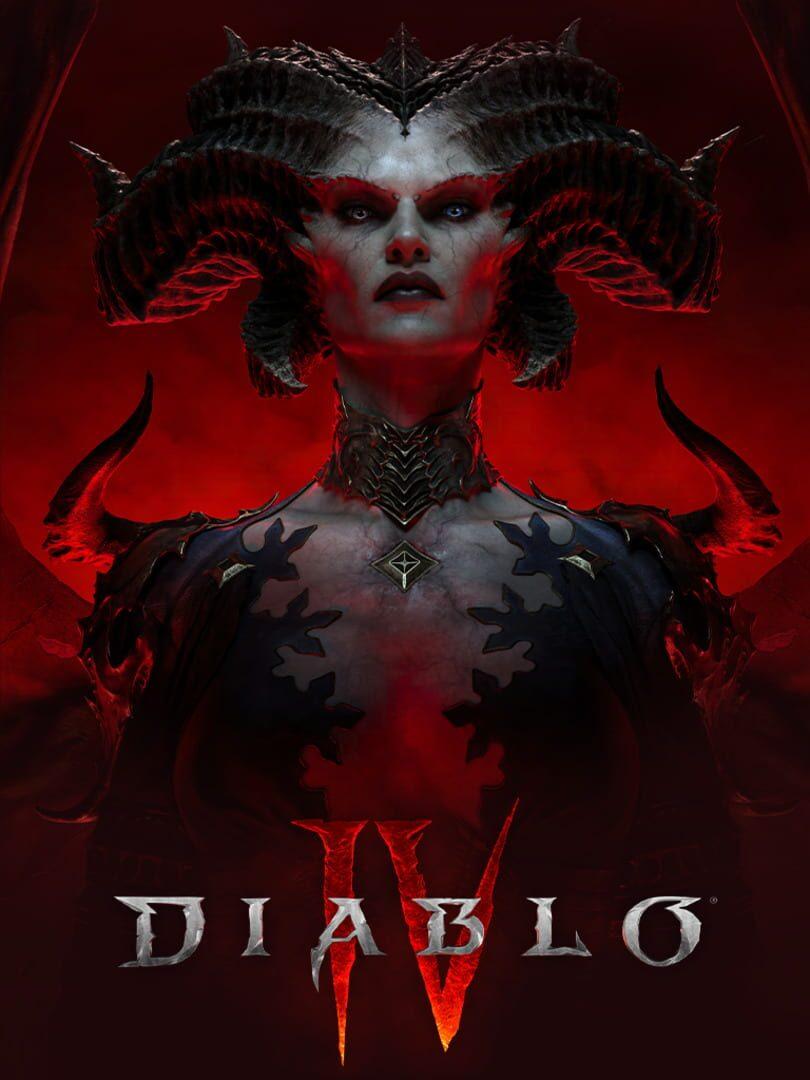

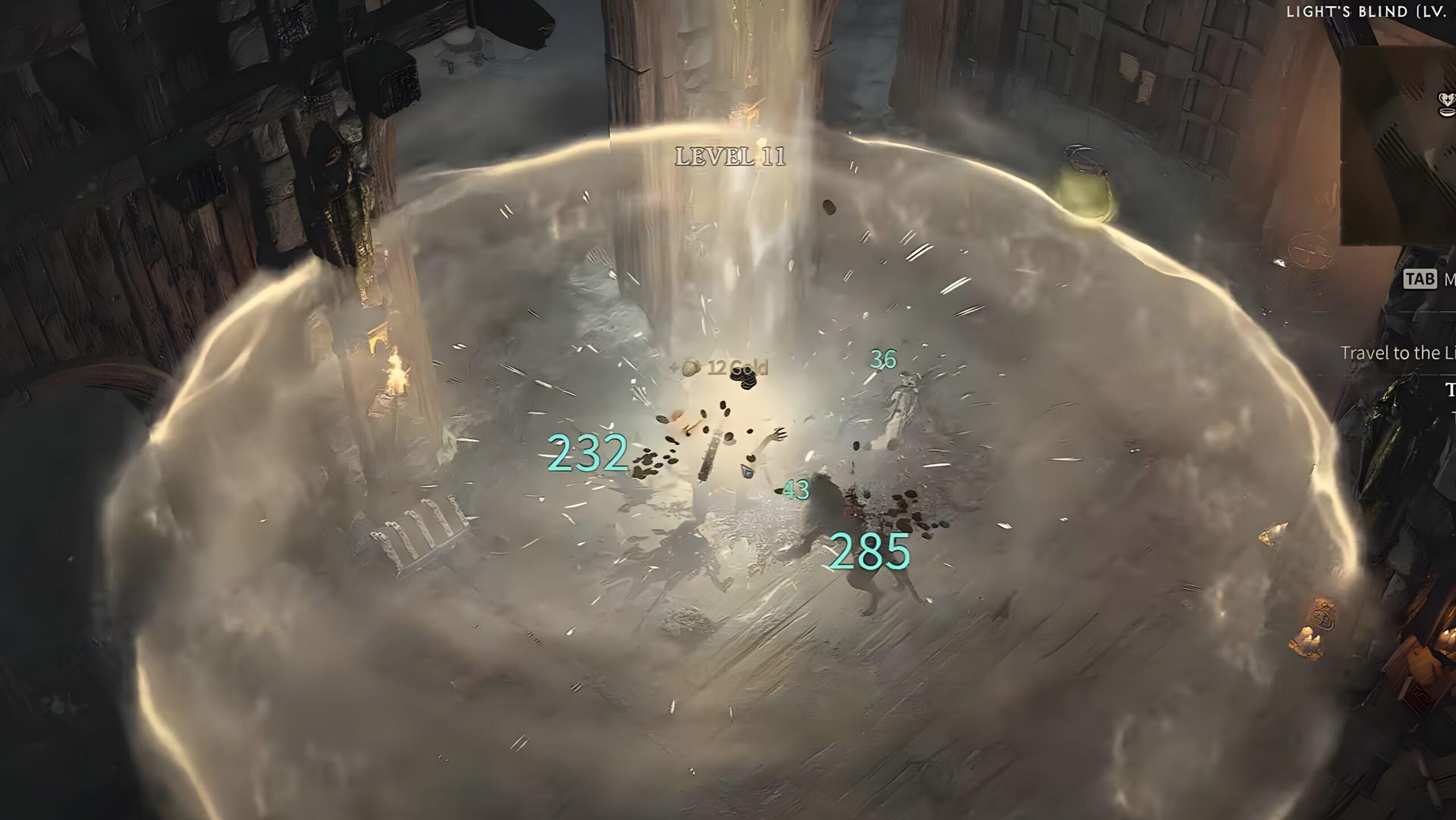
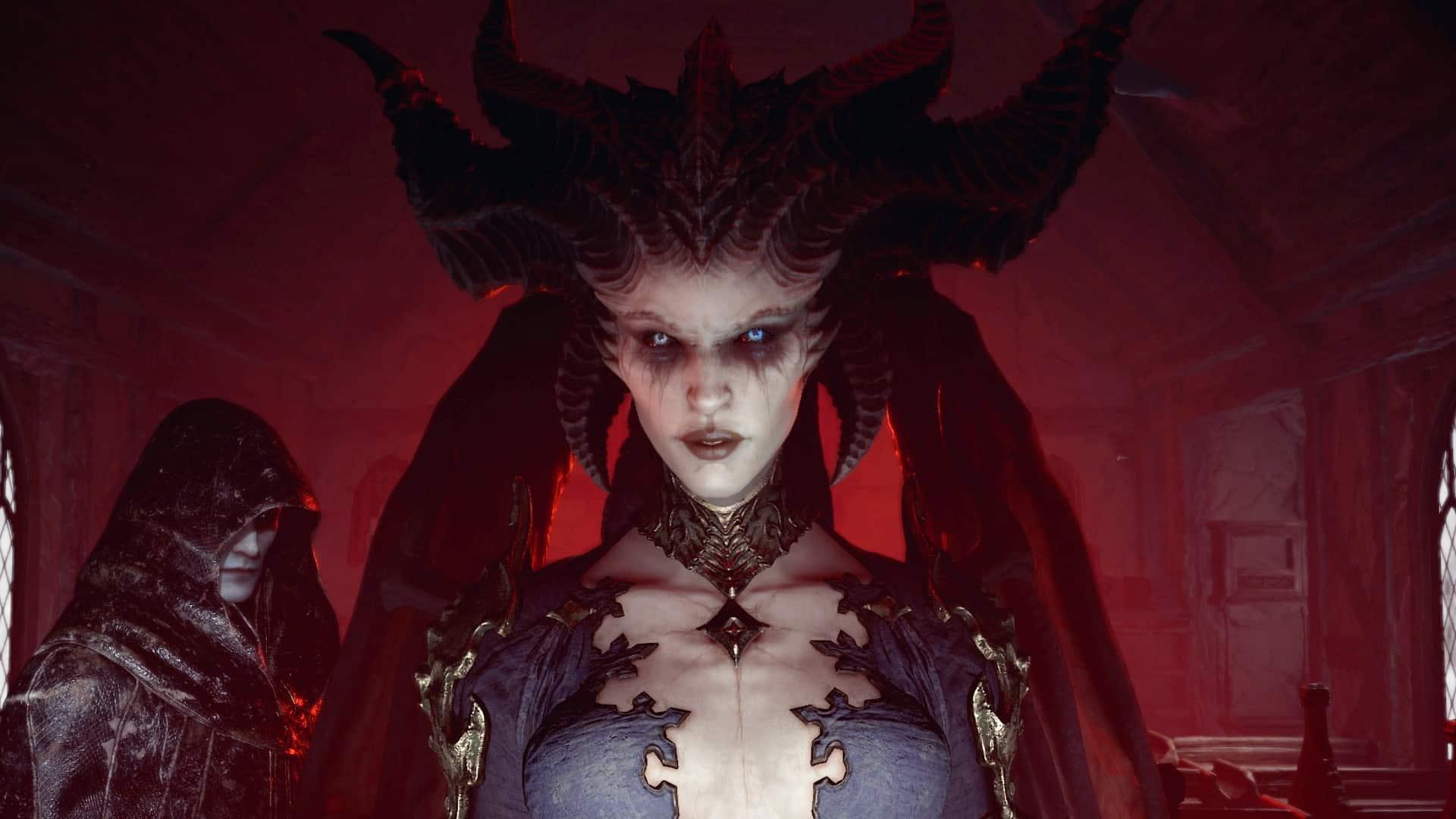
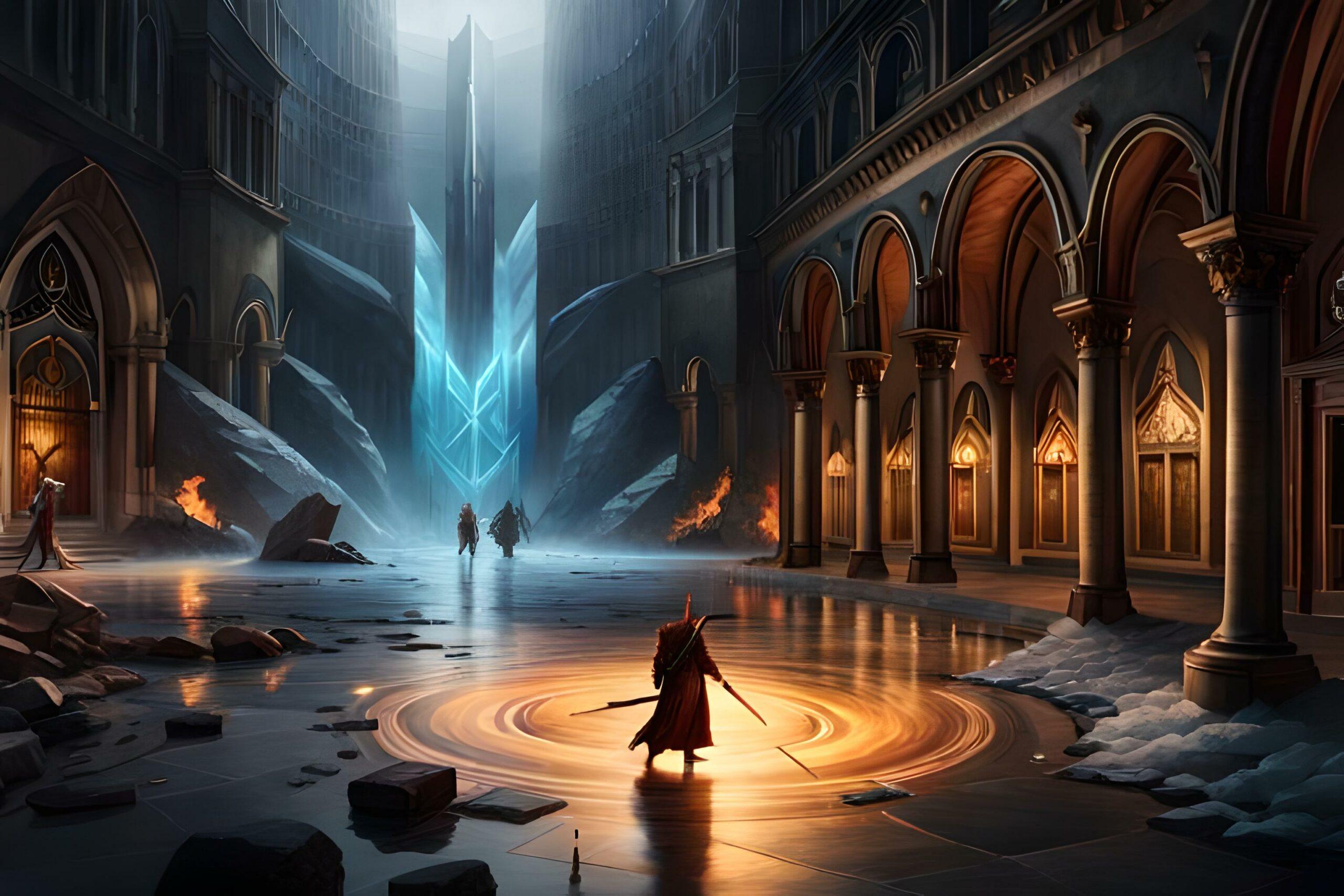
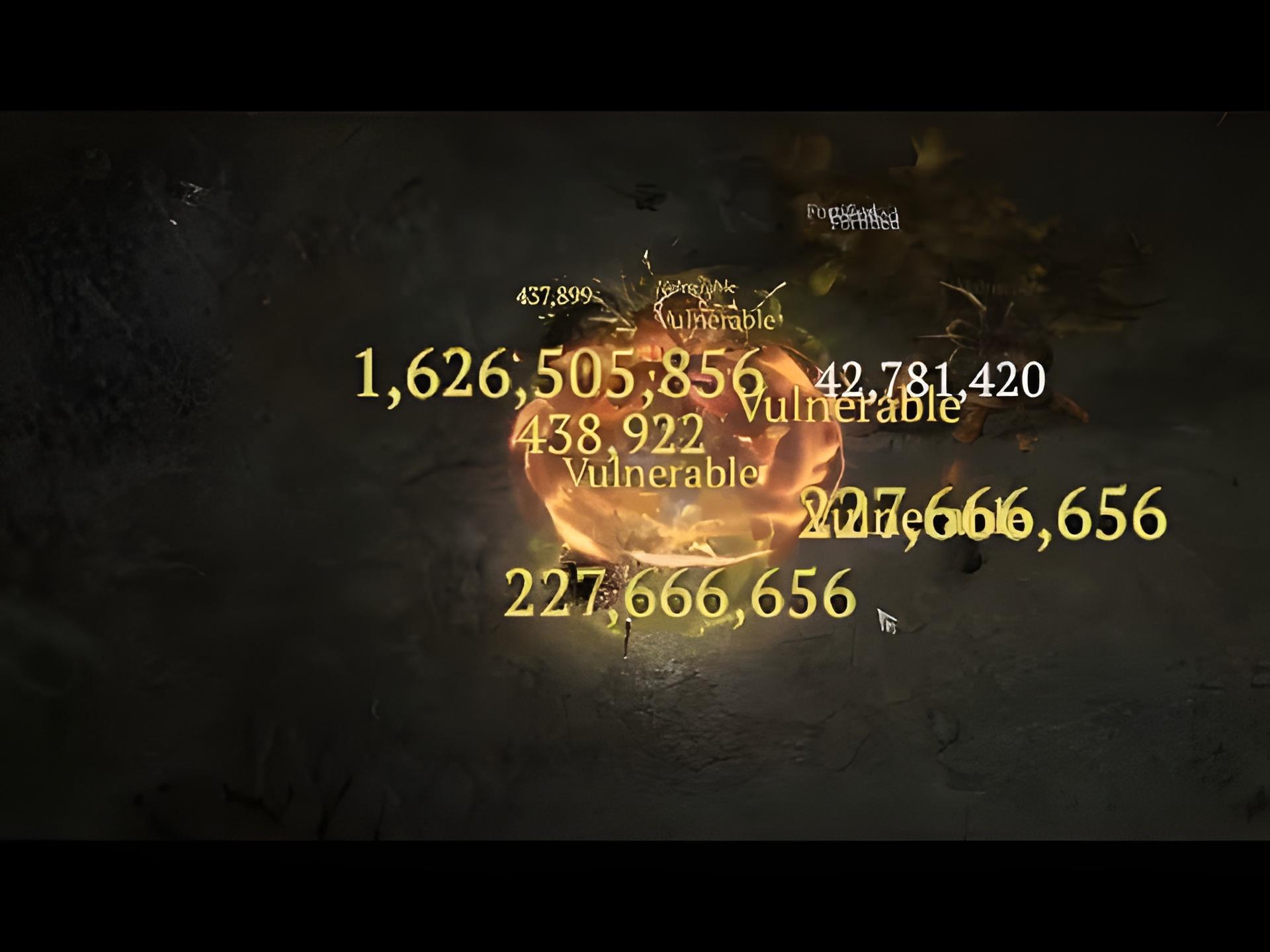





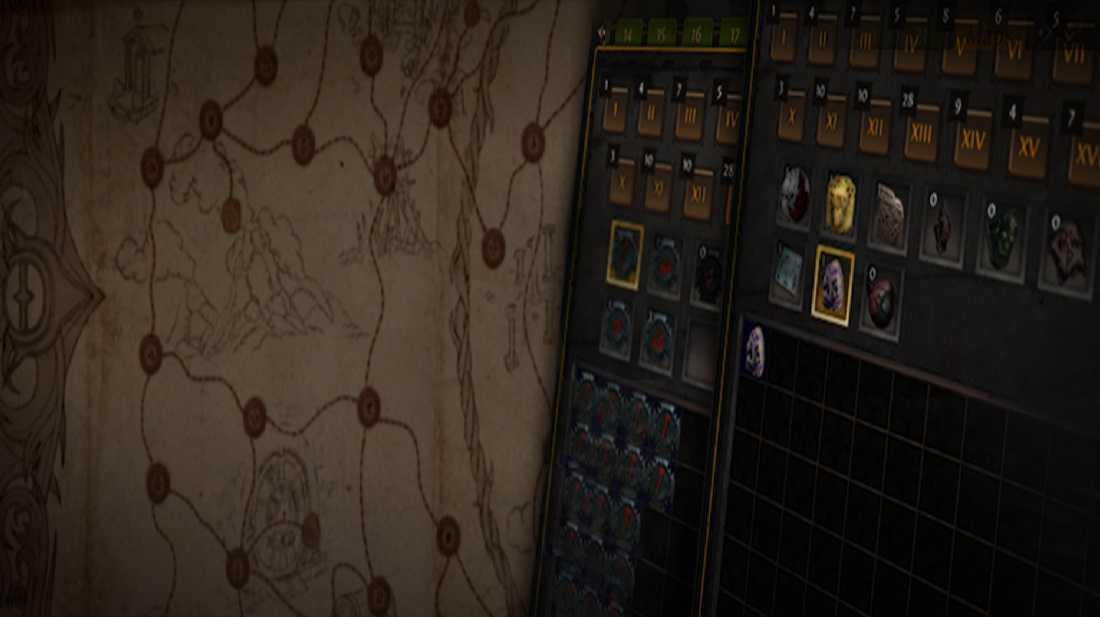

Responses (0 )